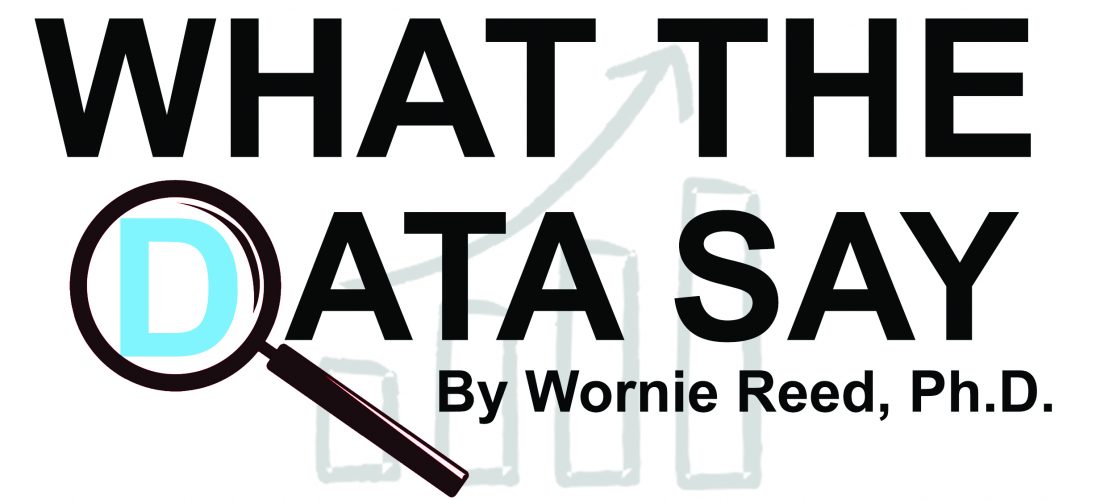Politics
Race in America
More studies have been conducted after the 2016 presidential election, with most if not all pointing to the same conclusion: racism, not economic dissatisfaction.

 There was joy in the streets when Joe Biden was declared the winner of the presidential election. Some observers said the celebrations were like those in foreign countries that overthrew dictators. That was an appropriate sentiment as we narrowly averted the destruction of American democracy.
There was joy in the streets when Joe Biden was declared the winner of the presidential election. Some observers said the celebrations were like those in foreign countries that overthrew dictators. That was an appropriate sentiment as we narrowly averted the destruction of American democracy.
Over 71 million Americans voted for Donald Trump—and that is the story of this election.
Why? And why was this election so close in the first place?
Americans did not have the excuse of 2016 when many people did not know much about Trump. But that is not the case this time. We know this man.
As Charles Pierce argued, we know that Trump “has transformed the office into just another adjunct of the multigenerational criminal enterprise to which he was heir.”
In addition to being a high-level unrelenting crook, he is a white supremacist; he is woefully ignorant, is traitorous, and is a clinical sociopath. Mental health experts warned us early on that he is a dangerous malignant narcissist.
Despite this–and more–, over 71 million people voted for him. Why?
As with many significant issues in American life and history, racism is a primary factor—racism and the American doctrine of individualism.
The mainstream media enabled Donald Trump and many of his supporters by proclaiming the great lie about the 2016 presidential election. Despite plenty of evidence to the contrary, the press continued to assert that Trump won because of the white working class’s economic anxiety.
But first, let’s clear up one central myth. Trump voters were not mainly working class. During the primaries and in the general election, only a third of Trump supporters earned less than the median U.S. income of $50,000 per year. The white working class was more likely than the rich to vote for Hillary Clinton.
Back to the real issue: Trump ran a racist campaign and won based on white racism, or more politely, racial resentment. First, it was racism that propelled Trump to the Republican nomination. Early in the 2016 campaign, a study (1) examined the extent to which views on race affected opinions on the election. The study found that the stronger the level of racial stereotyping or racial resentment among white respondents, the stronger the support for candidate Trump. This type of relationship did not exist for other major Republican contenders.
The title of the report of another study (2) of potential white voters published just before the November 2016 election says it all: “The threat of increasing diversity: Why many white Americans supported Trump in 2016.” When people in this study were told that nonwhite groups would outnumber white people in 2042, they became more likely to support Trump.
More studies have been conducted after the 2016 presidential election, with most if not all pointing to the same conclusion: racism, not economic dissatisfaction.
A study (3) published in 2018 also debunked the favored explanation of the public’s support for Trump in the 2016 election. This researcher’s findings brought the real issue front and center. She showed that status threat, not economic hardship, explained the 2016 presidential vote. Many Trump voters were significantly concerned about the rise of minorities in numbers and power and white America’s loosening grip on the country. In other words, for these voters, white supremacy was at stake in the election.
Trump’s campaign was an open non-disguised appeal to this racist, white supremacist sentiment. That won him the election in 2016. And it was a significant factor in his vote count this year. If anything, he was more racist in the four years between 2016 and 2020.
Again, Trump voters were not the working class. Exit polls showed that of people making less than $50,000 per year, 57 percent voted for Joe Biden compared to 42 percent for Trump.
Trump voters made more money than Biden voters. Of people making over $100,000 per year, 54 percent voted for Trump compared to 43 percent for Biden.
This says that Trumpism and, therefore, racism is more dispersed—and entrenched–in American society.
It has been with us all the time, but perhaps Trump has exposed it as getting worse in recent years.
* Study references
1 American National Election Studies 2016 Pilot Study
You may like


Disbanding of TSU’s Board of Trustees: An “Attack On DEI”


Three Years After Capitol Siege Investigations, Prosecutions Mount


GOP Voter Fraud Push Is Attempt To Disenfranchise Black and Hispanic Voters


Who’s Polling Black American Voters?


The Economy: Reality vs. Perception


Ga. Law Could Oust Trump’s Black D.A.














